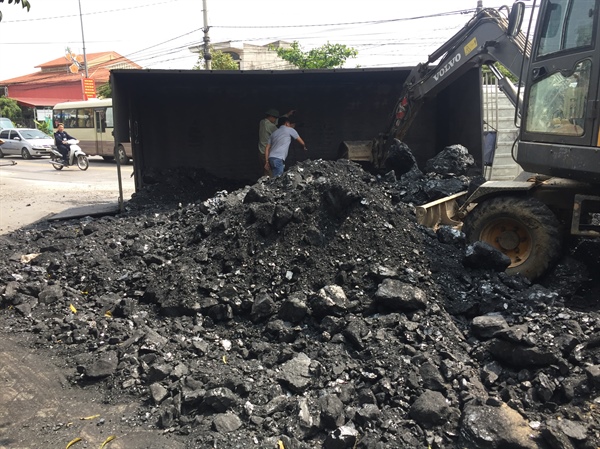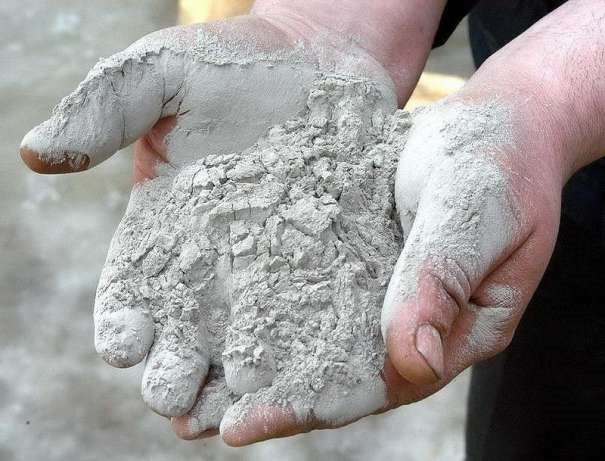What role does coal play in cement production?
Coal plays a very important role for manufacturing plants is undeniable. In many applications from gasification technology, liquefaction, production of chemicals, the role of a fuel in the production process is the most prominent and important. Therefore, it is impossible not to mention the use of coal in the cement production process – one of the industries with both domestic demand and export market growing positively.
2 uses of coal for cement production: fuel and raw materials
Before going to the application of coal in making cement, do you understand the important components of cement? Cement is made from a mixture of calcium carbonate (usually in the form of limestone), silica, iron oxide, and alumina. A kiln for cement production typically uses coal as a fuel to heat a mixture of raw materials at 1450°C, transforming the chemical and physical components to form a new substance called a clinker – a gray pebble-like material consisting of special compounds that give cement its characteristic binding properties. Clinker is mixed with gypsum and ground into a fine powder, from which cement is made. According to calculations, a large amount of energy from coal is used to produce cement, of which it takes about 200 kg of coal to produce one ton of cement and about 300-400 kg of cement to produce one cubic meter of concrete.
In addition to being a fuel, industrial coal also contributes to being one of the raw materials involved in the cement production process. More specifically, the mixture of raw materials includes coal extracted from limestone mountains, shale, rolled steel flakes, fly ash and small amounts of bauxite.
What is coal oxide? Does this compound contribute to the making of cement?

Coal prices are increasing, causing many problems for the cement industry. Faced with the current stressful situation, in order to maximize production and cost savings of cement, engineers with long experience in the industry have applied the solution of using coal oxide in the production of cement clinker rotary kiln, thereby saving a large amount of coal 4A in use today. The selected coal oxide is much cheaper than 4A bran coal, so when put into production, it is still guaranteed to increase productivity and quality along with keeping the product cost.
The solution of using coal oxide in the production of rotary kiln cement clinker has been applied by many cement factories many years ago. According to the results obtained from the factories, the cost of raw materials to produce 1 ton of clinker after using coal oxide has been reduced by nearly 18,000 VND/ton compared to the old production method. A year, factories usually have to produce about 800,000 tons of clinker, if in the past they had to use more than 136,000 tons of 4A bran coal, now thanks to the application of the solution of using coal oxide in the production of rotary kiln cement clinker, it only takes about approx. 120,000 tons of 4A coal bran, the numbers themselves have shown the effectiveness in saving costs, namely up to over 14 billion VND/year. This solution has contributed to ensuring production stability and product quality.
How is fly ash from coal used to make cement and concrete?

Understanding the variety of applications from coal, experts have applied fly ash from coal to make fireproof and thermal insulation materials for buildings, specifically geological tools, or specifically, cement-like material.
About 46% of fly ash from power plants has been reused, worth up to $120 million, which is commonly used as a filler for cement. A concrete example is the concrete Seacliff bridge between Sydney and Wollongong which consists of 25% fly ash from power plants in the area.
Reusing waste products from coal burning in power plants is also an effective solution to reduce greenhouse gas emissions. This way has contributed to reducing the cost of source materials and reducing the amount of fly ash that is dumped into landfills, and at the same time, produces quality cement used in daily construction.
